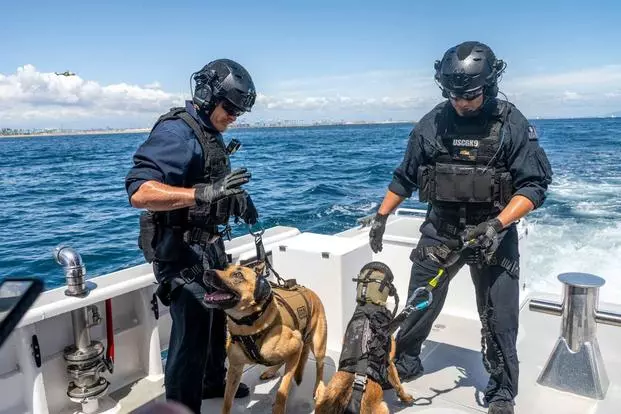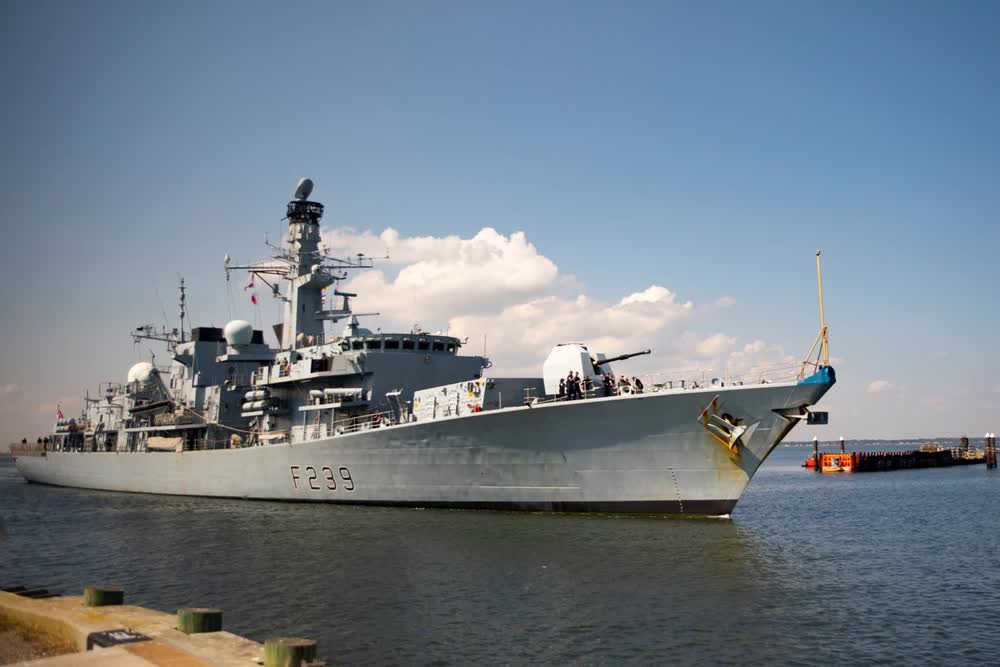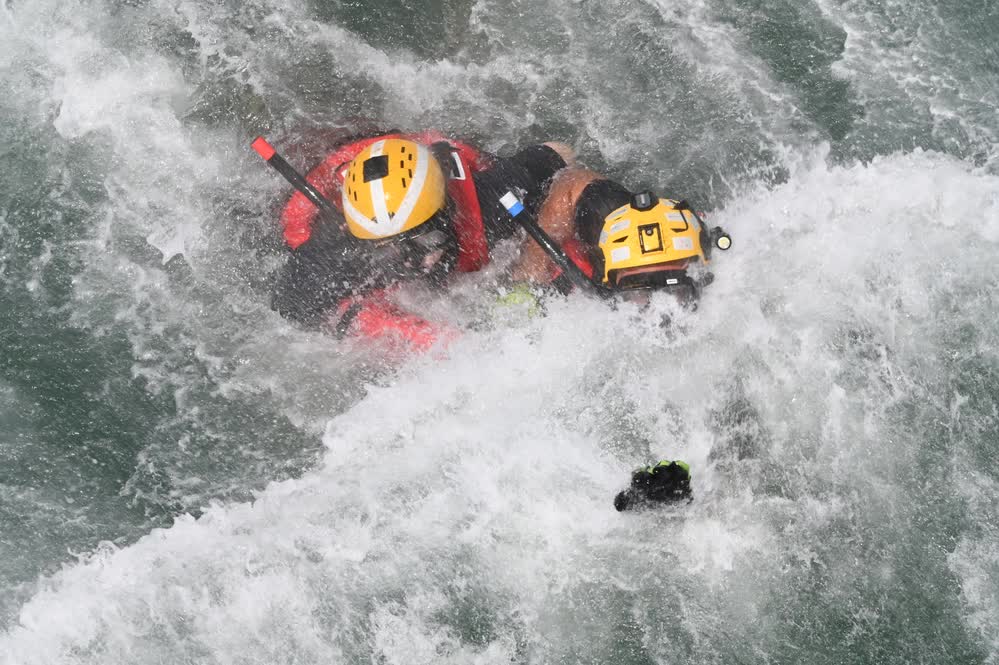Read the original article on Military.com. Follow Military.com on Twitter.
A part-time Coastie? The service’s top officer has a novel idea for solving the Coast Guard’s recruiting woes.
Commandant Adm. Linda Fagan has instructed her workforce management team to consider creative options such as a part-time active-duty employment track, or lateral entry and revolving door policies, to draw new personnel.
When Fagan took the helm of the Coast Guard last June, she said workforce management was her top goal, noting that the service has not met its recruitment goals since 2018. She created a task force to address the issues, as well as assignment and personnel policies.
During a forum at the Brookings Institution in Washington, D.C., on Wednesday, she floated the idea of the part-time, active-duty option, in which a service member would go through regular training but would be expected to work less than an around-the-clock commitment.
“We’re not there yet, but right now you’re either on active duty, or you’re a civilian, or you’re a reservist. Might there be room for some other category? [I’m going to use] the term part-time: You’ve got some level of benefit, but you’re working three days a week instead of the 24/7, 365-day contract that comes in,” Fagan said.
The service fell short of its recruiting goals from 2019 to 2021 an average of 20% each year. Fagan said the service had a shortage of 2,000 people in its enlisted ranks when she took office, and that number has continued to grow.
Related: How much does it cost to train an Air Force pilot? A LOT
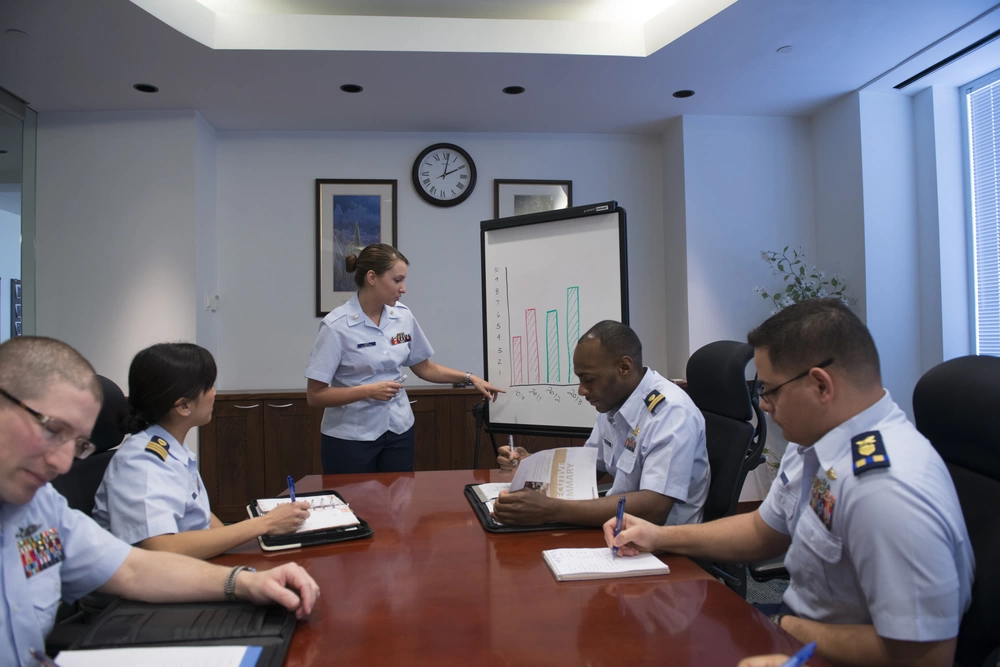
To address this critical shortfall, she created a working group to assess current policies and propose new ideas for drawing new personnel. Among the new initiatives that have been established are new recruiting centers and Junior Reserve Officer Training Corps units, signing bonuses for certain specialties, establishing a cyber rating, and broadening opportunities for established professionals to join the service at higher ranks, or lateral entry.
Regarding lateral entry, Fagan said she could envision a “revolving door” for experts who would move in and out of the service.
“You’re an aircraft mechanic, you’re fully certified in the civilian community and you have a calling to serve. We bring you in on a contract as an E-5 or E-6 for four years. Maybe you stay, maybe you go back,” Fagan said. “Maybe you continue to cross-pollinate.”
She added that she could envision this type of mobility in highly technical fields.
Fagan said the ideas are not so far-fetched. Gender was a barrier when she joined the Coast Guard just after the first class of women graduated from the Coast Guard Academy. What, she asked, is serving as a barrier now?
Related: Coast Guard saves huge Goonies fan who had stolen yacht
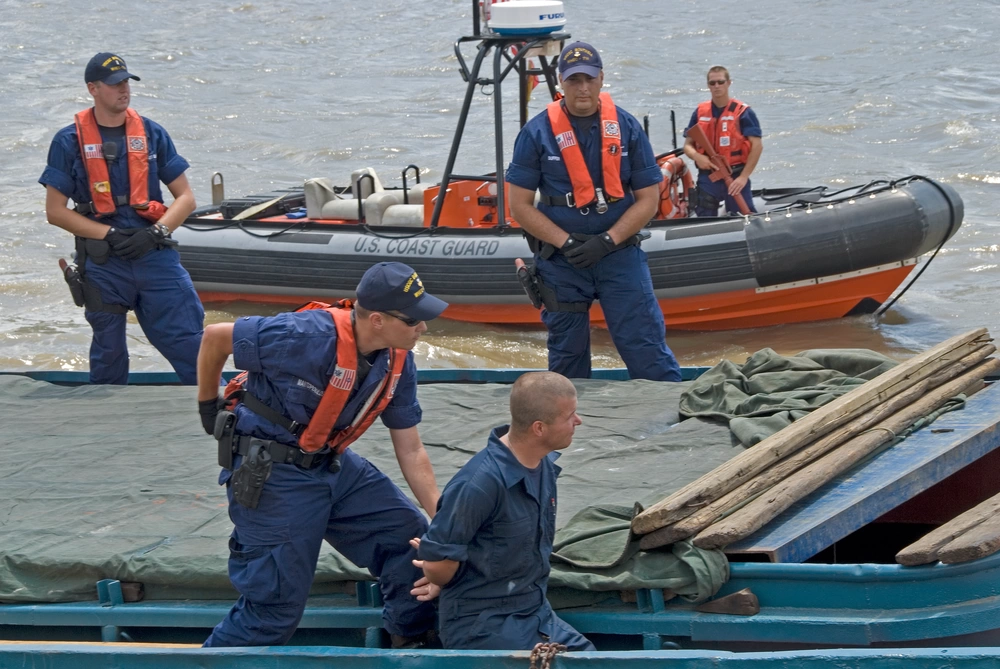
“What else is there that we have not questioned?” Fagan said. “The human capital system that we’ve operated … really hasn’t changed much since the end of World War II. … The organization is optimized for an 18-year-old right out of high school with no experience to start at the bottom and then grow.”
Looking at recruits coming into the Coast Guard Training Center at Cape May, New Jersey, she said she sees personnel with college degrees, certifications, and credentials that should be better utilized.
“The mantra that I have given to the workforce team is ‘eliminate barriers,'” she said.
Fagan was speaking ahead of a House Transportation and Infrastructure subcommittee hearing Thursday on the shortage of civilian mariners, as well as Coast Guard recruitment and retention.
Vice Adm. Paul Thomas, deputy commandant for mission support, is expected to testify.
Fagan said Wednesday that the country needs a fully staffed and trained Coast Guard.
“We’ve got all kinds of exciting things going on with new cutters and aircraft. But if you don’t have the people, they’re just interesting pieces of steel,” Fagan said.
Feature Image: Two Coast Guard K9 handlers and their canine partners participate in vertical insertion training. (U.S. Coast Guard photo via Facebook)
Read more from Sandboxx News
- Navigating through the rain at an Army bivouac camp
- “Age of Empires 2: Definitive Edition” can teach valuable skills to service members
- Brazil’s evolved IA2 – Service rifles from around the world
- Keep fit on deployment with these improvised workout equipment ideas
- Project VENOM: The Air Force is adding AI pilots to 6 F-16s
